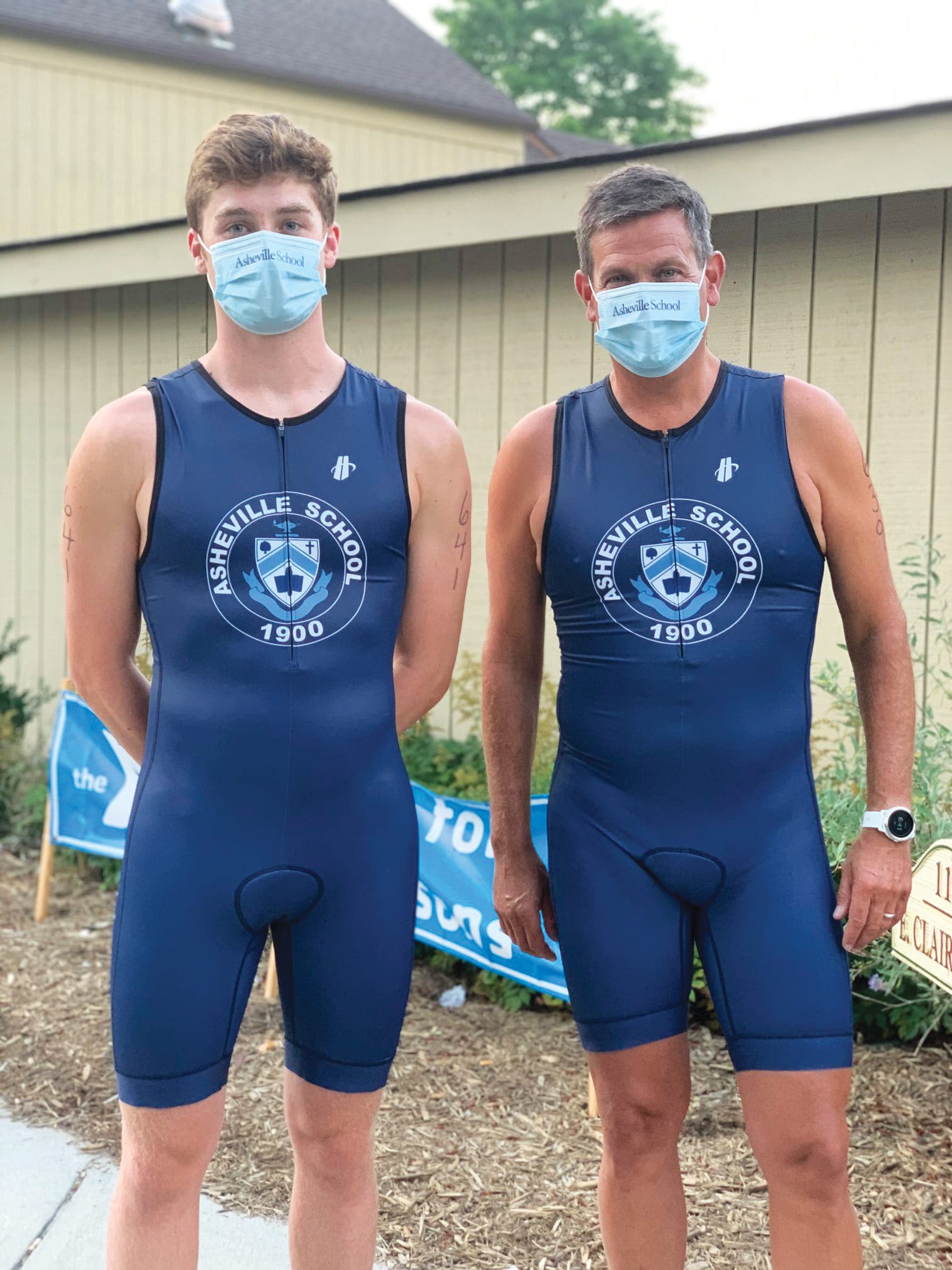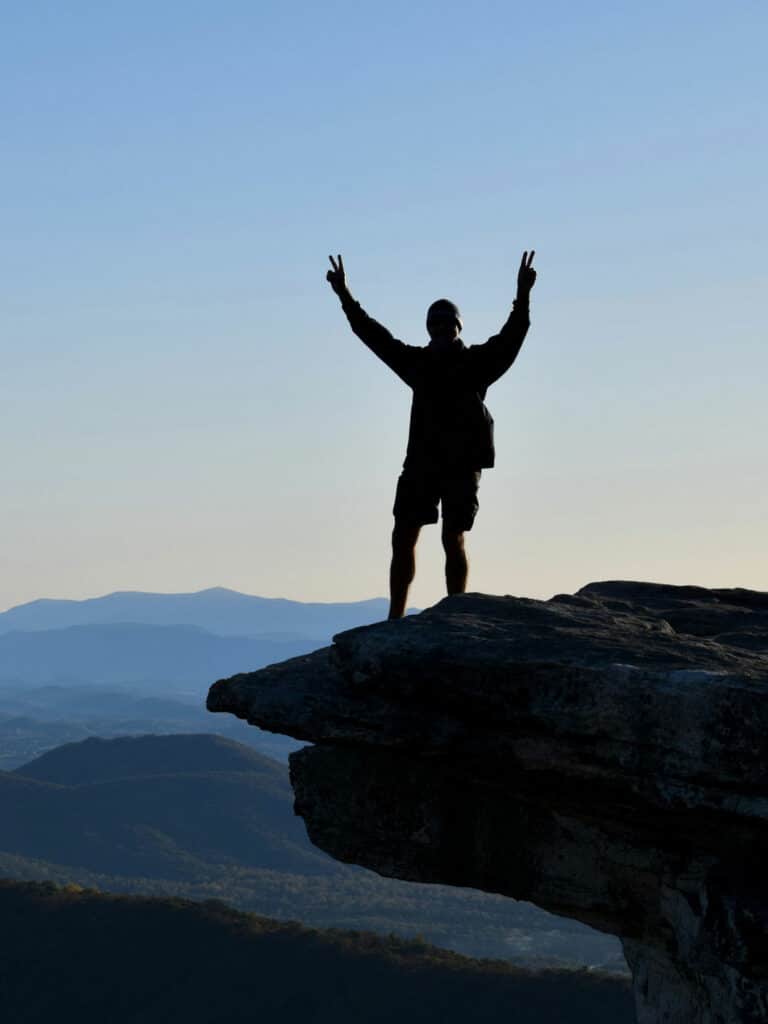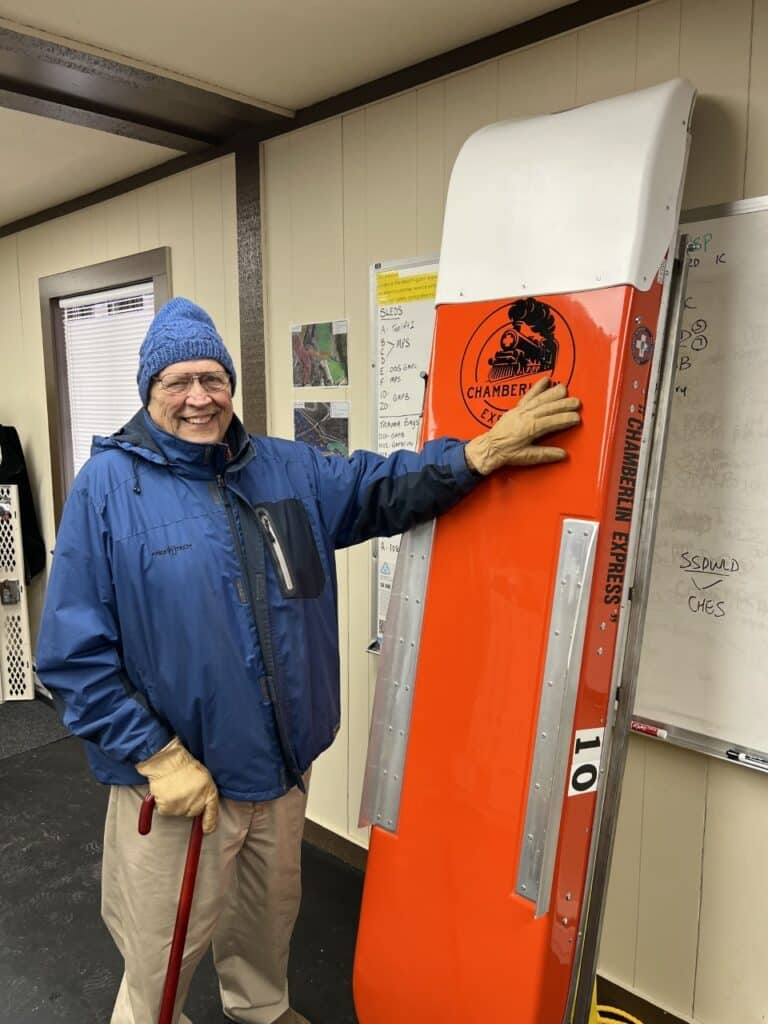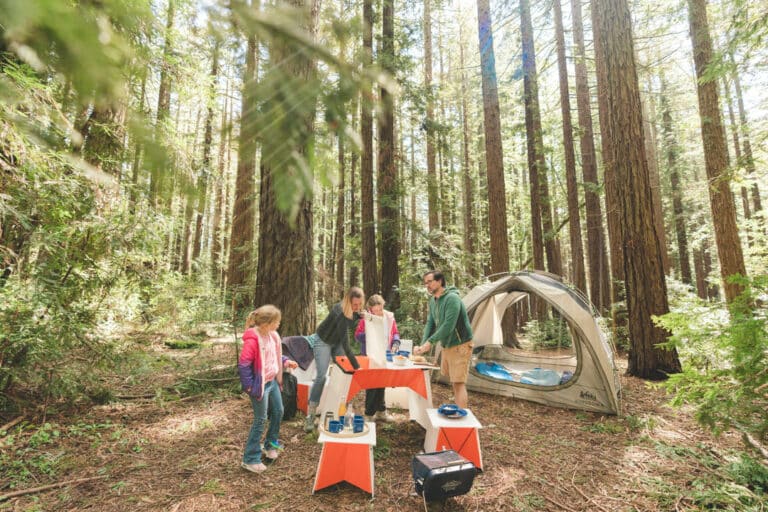Great American Outdoors Act Signed Into Law
In late July the U.S House of Representatives voted 310 to 107 to pass the Great American Outdoors Act, ensuring national parks and public lands receive the funding they need for years to come, and President Trump signed the bill into law soon after in early August. Lauded as the biggest conservation win in a generation, the bill permanently funds the $900 million annual Land and Water Conservation Fund and establishes the National Parks and Public Lands Legacy Fund which will direct up to $9.5 billion in additional funding over the next five years to address the most pressing repairs needed in national parks and on other public lands.
“Our national parks and public lands are incredible shared resources,” Anders Reynolds, Southern Environmental Law Center’s federal legislative director, said in a statement. “They provide outstanding recreational opportunities for tens of millions of outdoor enthusiasts, supporting the economies of countless local communities while also preserving sensitive ecosystems and habitats from over-development. It’s past time we devoted the appropriate resources to their upkeep.”
The Land and Water Conservation Fund directs royalties from oil and gas drilling toward the conservation of public lands. “Once signed into law, this bill will dedicate nearly $1 billion per year to address a variety of needs; from neglected hiking trails and visitor infrastructure in popular national parks, to U.S. Forest Service projects that ensure clean watersheds for local communities, to the restoration of coastal marshes that protect against flood waters,” said Reynolds.
Currently, Great Smoky Mountains National Park, the most visited national park in the country, faces a maintenance backlog of $236 million. Shenandoah National Park faces a maintenance backlog of over $90 million.
“Making the Great American Outdoors Act law accomplishes what the outdoor industry has always endeavored to do – support thousands of jobs, open up access to outdoor areas for more people, and give local communities more tools to thrive economically,” added Lise Aangeenbrug, executive director of the Outdoor Industry Association. “This achievement is all the more important in today’s environment as it will bring much-needed hope back to communities and businesses reliant on outdoor recreation.
Competitive Triathlon in the Time of COVID-19
The pandemic has changed a lot of things, but it couldn’t stop one group of hardcore triathletes from competing this summer. Last Sunday, just over 100 participants showed up at a park in Hendersonville, N.C., to do something that most athletes used to take for granted: toe the line at an in-person race.
The Asheville Triathlon, held at a new location in nearby Hendersonville’s Patton Park, set an example of what in-person events may look like in the future during the time of COVID-19. “This coronavirus has really forced us to make some big changes in the endurance event industry,” said Daphne Kirkwood, owner of iDaph Events and race director of the Asheville Triathlon.
“There just isn’t a cookie cutter way to design and produce an in-person event during a pandemic. But I’m really happy with how safely everything turned out.”
Race participants wore face coverings before and after the event, had their temperatures checked, and stayed socially distant from other participants. Instead of having typical transition zones, which usually include close quarters, participants were asked to transition at their vehicles. The rebooted transition zones “went really well,” said Kirkwood. “[Racers] had plenty of room to set up their things… we also had spaces in between some cars giving additional space.”
During the swim portion of the race, participants were given a wave start time based on their projected swim time and were given a full minute before the next swimmer entered the pool. “We never had more than 25 swimmers at the pool or on the deck at a time,” said Kirkwood. “Everything was very spaced out from start to finish.”
And all of those cheering fans? Forget about it. “No spectators were allowed at the pool or at the finish line,” Kirkwood said.
Eighty-three percent of participants indicated they would come back and do the race again. According to one satisfied participant, “I felt safer racing…than going to the grocery store.”
Great Smoky Mountains National Park hosting hiking series focused on diversity and equality
Great Smoky Mountains National Park and the Great Smoky Mountains Association are hosting a series of hikes called ‘Smokies Hikes for Healing,’ which use the backdrop of the park to inspire conversations about race and racial bias.
Eight hikes will be held through December. During the hikes, a facilitator will lead discussion around race and help participants learn to identify biases through a deeper level of self-awareness and reflection, WKRN reports. Space is limited to 10 participants per hike. To learn more or to apply to participate visit smokieshikesforhealing.org.
Cover Photo: A new look for competitors at the Asheville Triathlon. Photo courtesy of the Asheville Triathlon








